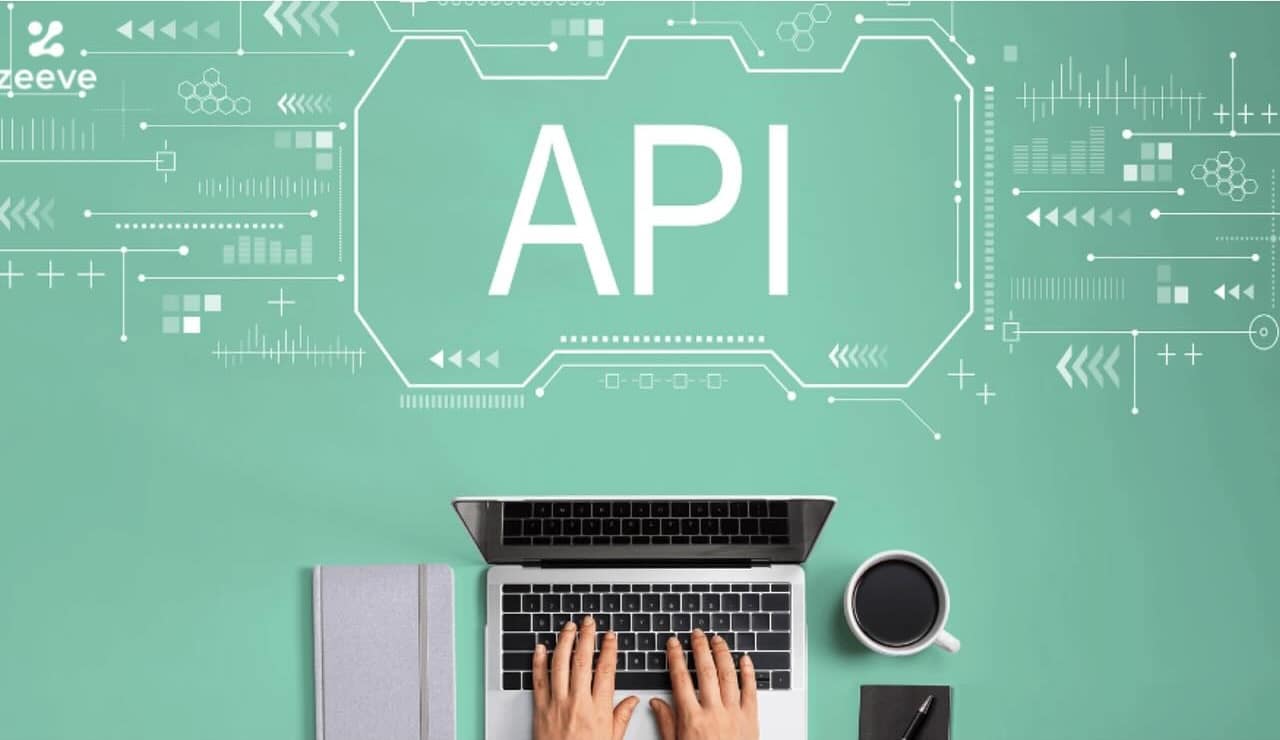The proliferation of online stores has been greatly facilitated by content management systems (CMS).
While they initially enabled the easy creation of websites, solutions based on the same principles soon appeared for building online stores.
Among all these CMS, Prestashop occupies a place of choice.
It is one of the most popular e-commerce platforms, offering powerful functionalities. At the heart of the Prestashop system lies its API (Application Programming Interface).
This indispensable tool enables you to extend Prestashop’s functionality even further, and also to integrate third-party services into your e-commerce site.

What is an API?
An API is a set of rules and protocols enabling different types of software to communicate with each other.
The API defines how data can be exchanged between two applications, and in what format.
An API can therefore be defined as a bridge between two applications.
It enables data and functions to be shared securely.
A large number of institutions and sites offer public APIs.
Take Météo France, for example.
If you want to display today’s weather forecast on your site, you’re certainly not going to consult the official site several times a day in order to update your site.
What you do want is to be able to display the latest weather forecast at the time you display the page on your site.
To do this, you’re going to use the API that Météo France makes available to the public.
A module or element of your site will, for example, query this API each time the page is loaded, or at set times, and it will send back the latest data, which can then be formatted for display on your site.
In this way, you can retrieve weather data even though you have no idea how Météo France manages it.
The API bridges the gap between Météo France and your website.
Prestashop API
The Prestashop API provides a robust and reliable programming interface that allows developers to interact with a Prestashop website.
Numerous functions are available.
It is possible to consult certain data, but also to control certain functionalities.
The Prestashop API offers a wide range of services, including product and order management.
From a technical point of view, the Prestashop API is based on a RESTful (Representational State Transfer) architecture, which is a widespread web standard.
This architecture is based on standard HTTP methods (“GET”, “POST”, “PUT”, “DELETE” verbs) and enables CRUD operations (“Create”, “Read”, “Update”, “Delete”).
These operations make it possible to manipulate data, whether to read, modify or delete it.
The use of this standard greatly facilitates the use of the Prestashop API, as well as its integration with other systems.
What can you do with the Prestashop API?
The interaction possibilities offered by the Prestashop API are numerous.
Thanks to the Prestashop API, it’s possible to extend a wide range of functionalities and go beyond the “simple” online store.
1- Synchronize orders and inventory
It’s common for Prestashop stores to manage stock levels separately from orders.
By using the Prestashop API, it will be possible to synchronize stock levels with orders placed on the site.
Data stored in Prestashop can be transmitted to other systems, such as inventory management platforms or accounting systems.
These external applications will be able to query the Prestashop API to obtain the necessary data.
2- Integrate third-party services
Thanks to the Prestashop API, theintegration of third-party services into the online store will be greatly facilitated.
This makes it possible to offer your customers a better experience on the site, by integrating additional payment or delivery services, for example.
Marketing tools can also exploit the Prestashop API to design and send campaigns to prospects or customers.
3- Developing customized applications
Prestashop natively offers a large number of features, which can be further extended with modules.
But sometimes the functionality you need doesn’t exist or isn’t available.
In this case, it’s possible to use the Prestashop API to create a customized application that perfectly meets the identified need.
You could, for example, build a cross-selling module or more advanced content management tools.
Thanks to the Prestashop API, you can also develop applications that integrate with other e-commerce platforms.
This can be very practical, for example, when grouping several sites under a single banner.

Advantages and disadvantages of the Prestashop API
The main advantages of the Prestashop API are as follows:
- Flexibility: the API is highly flexible, making it easy to customize and extend the functionality of an online store.
- Easy integration of third-party services.
- Automation: many processes and tasks can be automated to save time and increase efficiency.
It’s important to bear in mind, however, that the Prestashop API does have a few drawbacks:
- Complex operation: using the Prestashop API requires a solid technical background.
Beginners can quickly find themselves lost. - Mandatory maintenance: for optimum performance and security, the Prestashop API requires regular maintenance (updates, etc.).
- Reduced performance: if the Prestashop API is used incorrectly, or too intensively, this can lead to a drop in overall site performance.
To avoid this kind of problem, calls to the Prestashop API to exchange large quantities of data should preferably be made during off-peak periods.
To conclude on the Prestashop API
The Prestashop API is a powerful tool for extending the functionalities of your online store almost to infinity.
Seamless integration of third-party services and the addition of customized applications can deliver a whole new customer experience.
The Prestashop API offers you incomparable power.
However, it requires a high level of technical expertise and a good command of PHP programming to develop new functionalities.
Thanks to my experience as a Prestashop developer, I can help you with your Prestashop online store development and integration projects.
Please don’t hesitate to contact me so that we can work together to find the solution best suited to your needs.


